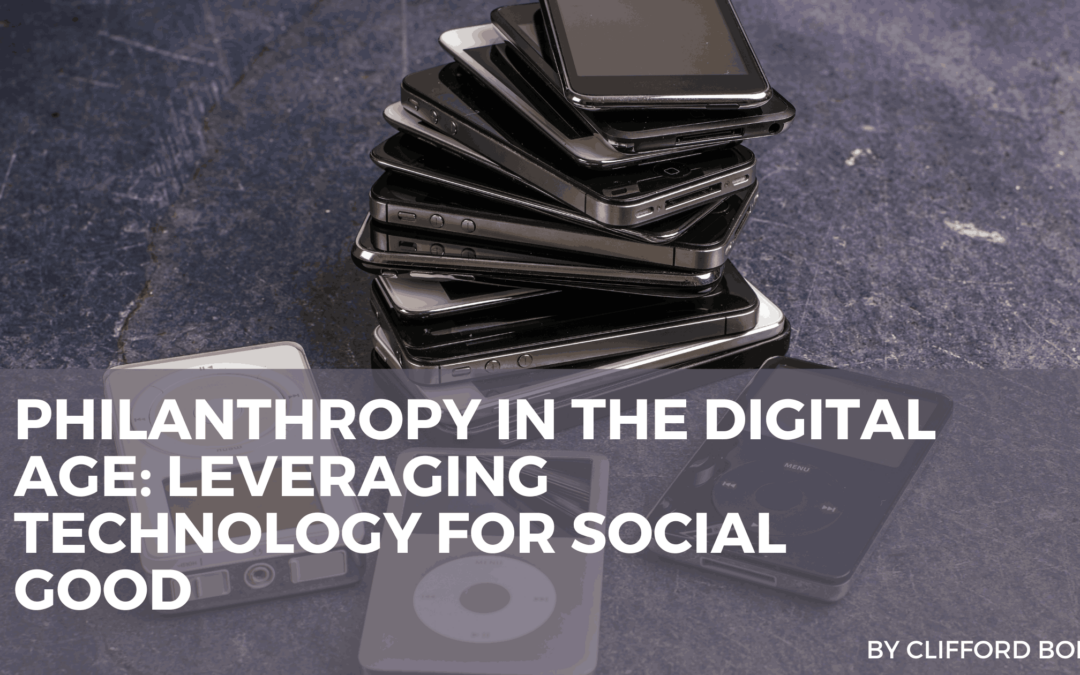The digital age has transformed the way we live, work, and interact with the world. With the rise of technology, philanthropy has also evolved, with digital tools and platforms enabling more people to contribute to social causes. This blog will explore how technology is being used for social good, allowing philanthropists and organizations to reach wider audiences and make a more significant impact than ever before.
- Crowdfunding and Online Fundraising
Crowdfunding platforms like GoFundMe, Kickstarter, and Indiegogo have revolutionized the way charitable causes are supported. These platforms enable individuals and organizations to raise money for a variety of causes, from medical expenses to disaster relief to educational initiatives.
- Global Reach: Through digital platforms, anyone can contribute to a cause, no matter where they live, making philanthropy more inclusive and accessible.
- Transparency: Online fundraising platforms often allow donors to track the progress of a campaign, ensuring transparency and trust in the process.
Crowdfunding has democratized philanthropy, empowering individuals to support causes they care about quickly and efficiently.
- Social Media as a Tool for Advocacy
Social media platforms like Facebook, Twitter, and Instagram have become essential tools for raising awareness and advocating for social causes. These platforms allow organizations to share stories, mobilize supporters, and engage with their audiences in real time.
- Viral Campaigns: Social media can amplify messages, allowing campaigns to go viral and gain traction faster than ever before.
- Connecting Communities: Social media enables individuals to connect with like-minded people across the globe, creating virtual communities focused on philanthropy and social change.
By leveraging social media, organizations and philanthropists can spread their message widely and engage a global audience.
- Digital Volunteering and Remote Engagement
Technology has also transformed the way people volunteer. Digital volunteering allows individuals to contribute their time and expertise remotely, whether by providing virtual tutoring, helping with website development, or assisting with administrative tasks for nonprofits.
- Remote Opportunities: People can engage in volunteering opportunities from anywhere, making it easier for individuals with limited mobility or time constraints to contribute.
- Skill-Based Volunteering: Technology allows for skill-based volunteering, where professionals can offer their expertise in areas like graphic design, legal services, and IT support to organizations that need them.
Digital volunteering has expanded the ways in which people can contribute to their communities, making it easier to give back no matter where you are.
- Data-Driven Philanthropy
With advancements in data collection and analysis, philanthropists can now make more informed decisions about where to allocate resources. Data-driven philanthropy allows donors to assess the effectiveness of their giving and ensure that their contributions have the greatest impact.
- Impact Assessment: By analyzing data on the outcomes of various initiatives, philanthropists can determine which projects are most effective in addressing community needs.
- Targeted Giving: Data helps philanthropists target their giving toward specific issues, ensuring that resources are directed where they are most needed.
Data-driven philanthropy helps maximize the impact of charitable contributions, ensuring that they make a lasting difference.
Technology has dramatically reshaped the philanthropic landscape, enabling people to give back in new and innovative ways. Through crowdfunding, social media advocacy, digital volunteering, and data-driven giving, technology has made philanthropy more accessible, efficient, and impactful. As we continue to embrace technology, the potential for social good is limitless, empowering individuals and organizations to make a difference on a global scale.

